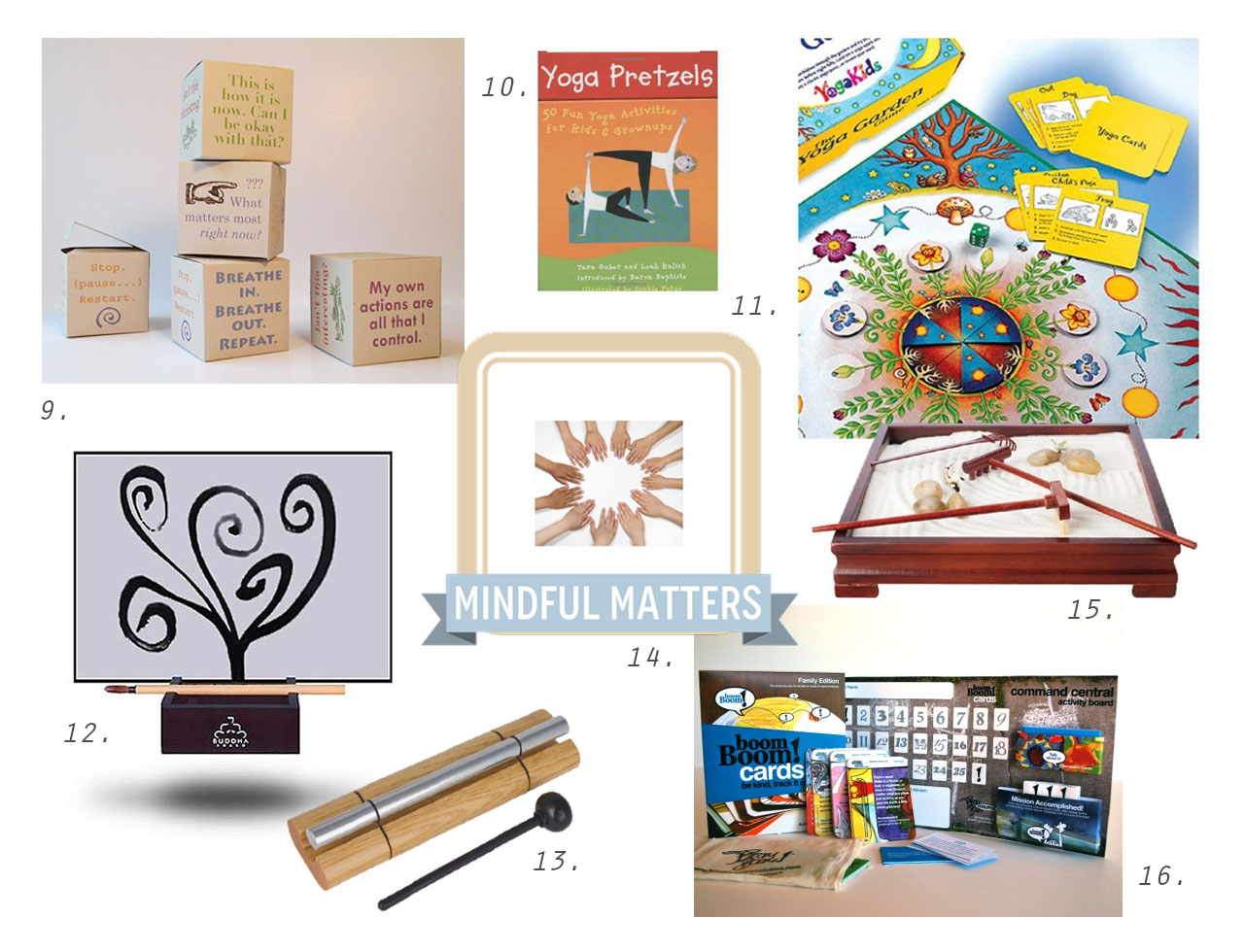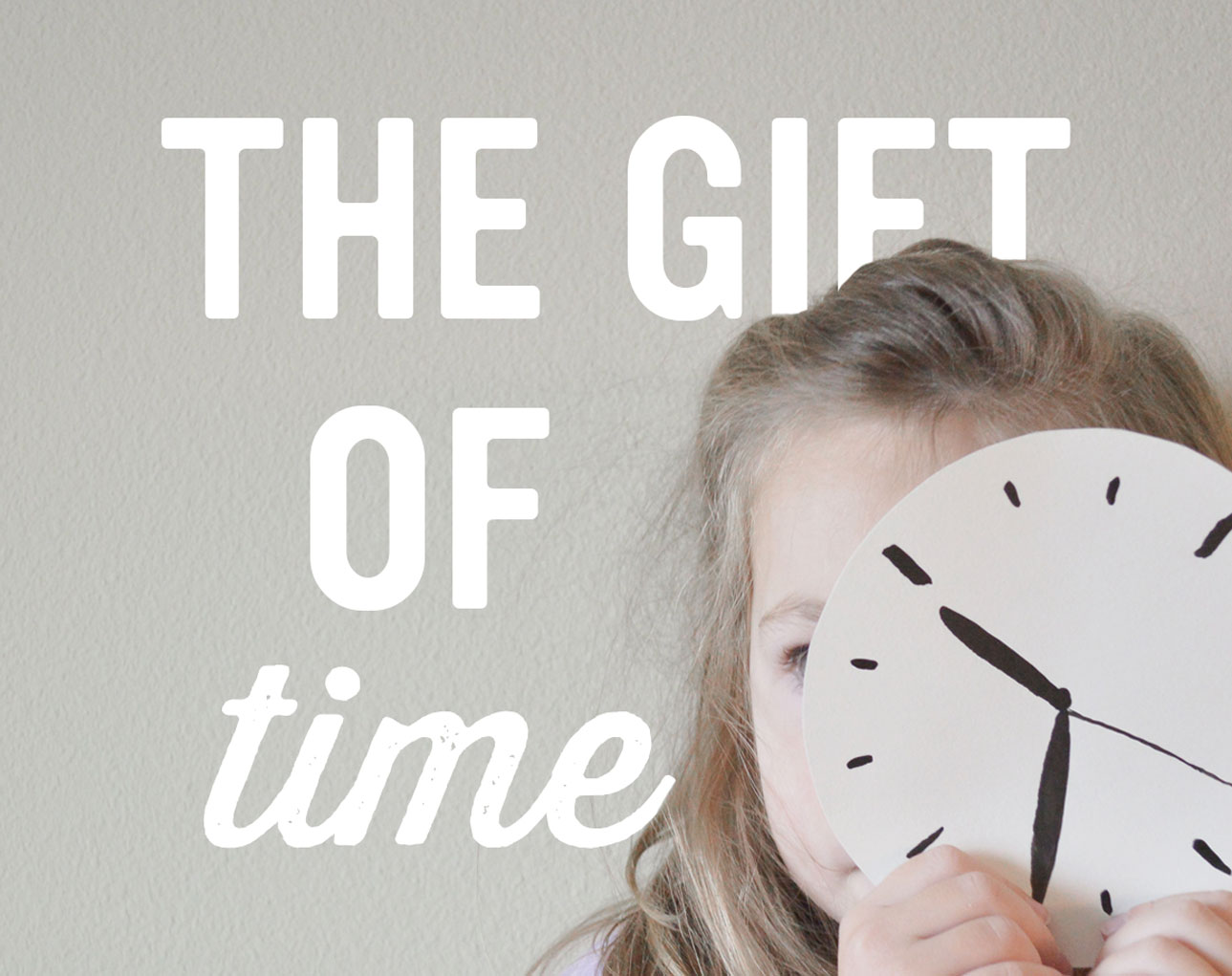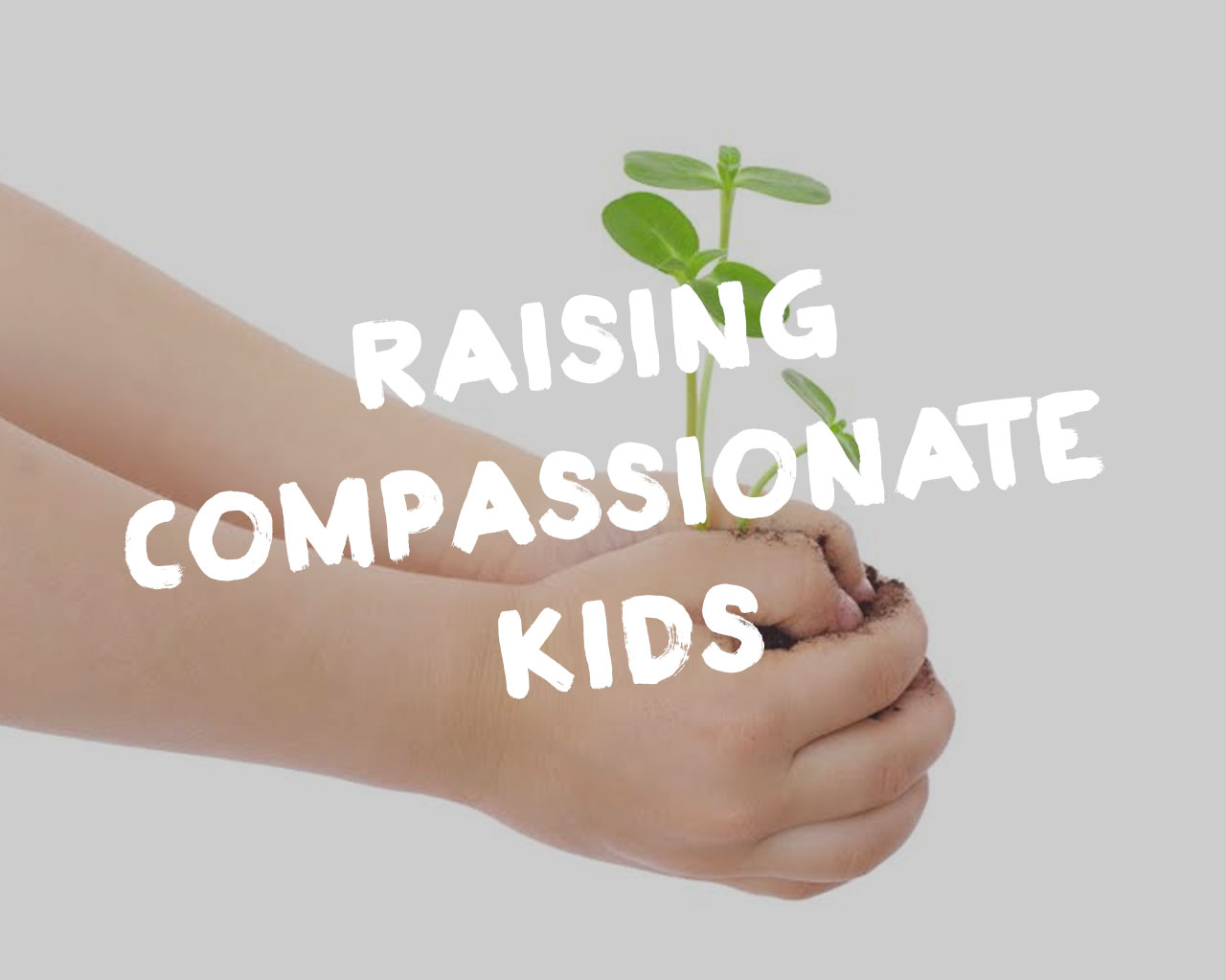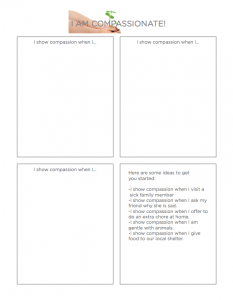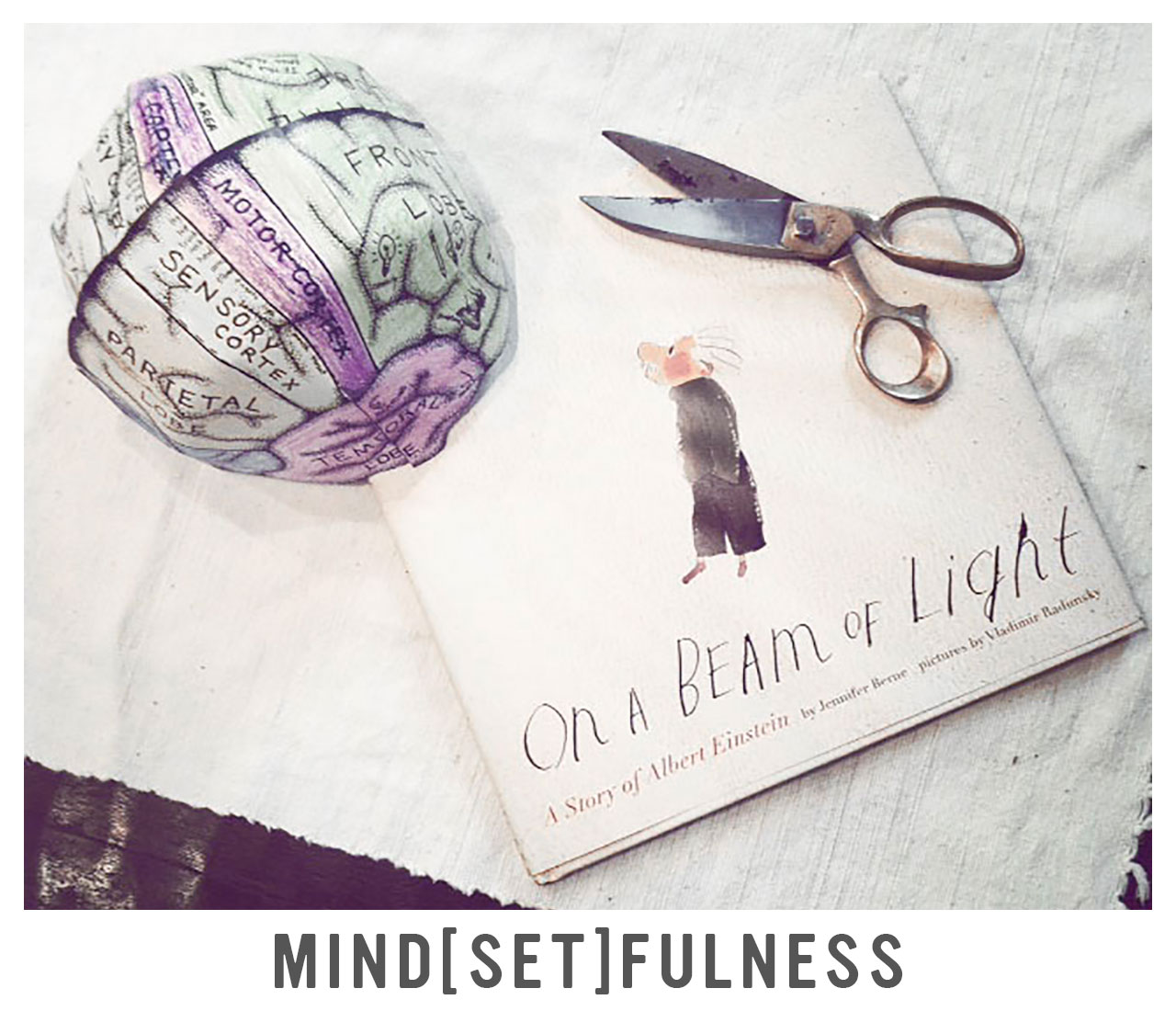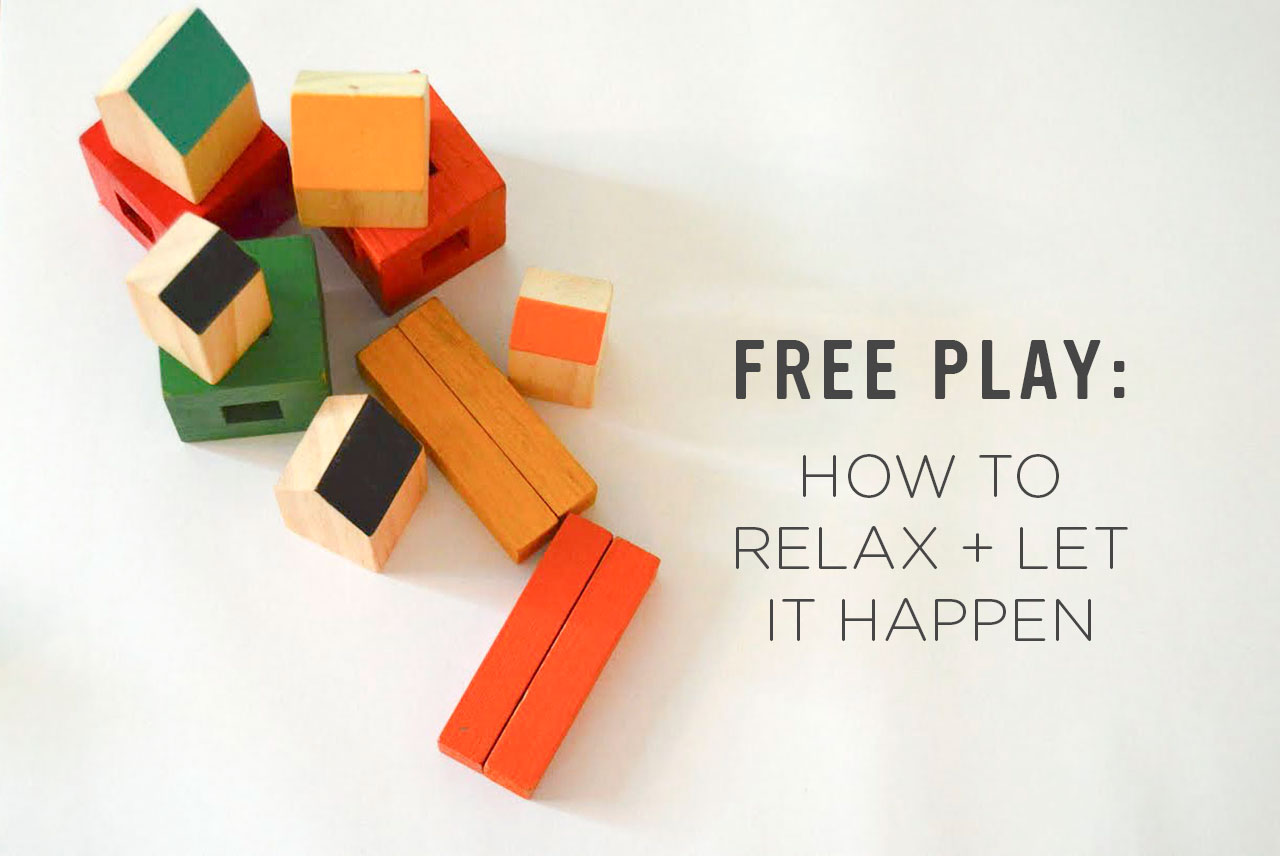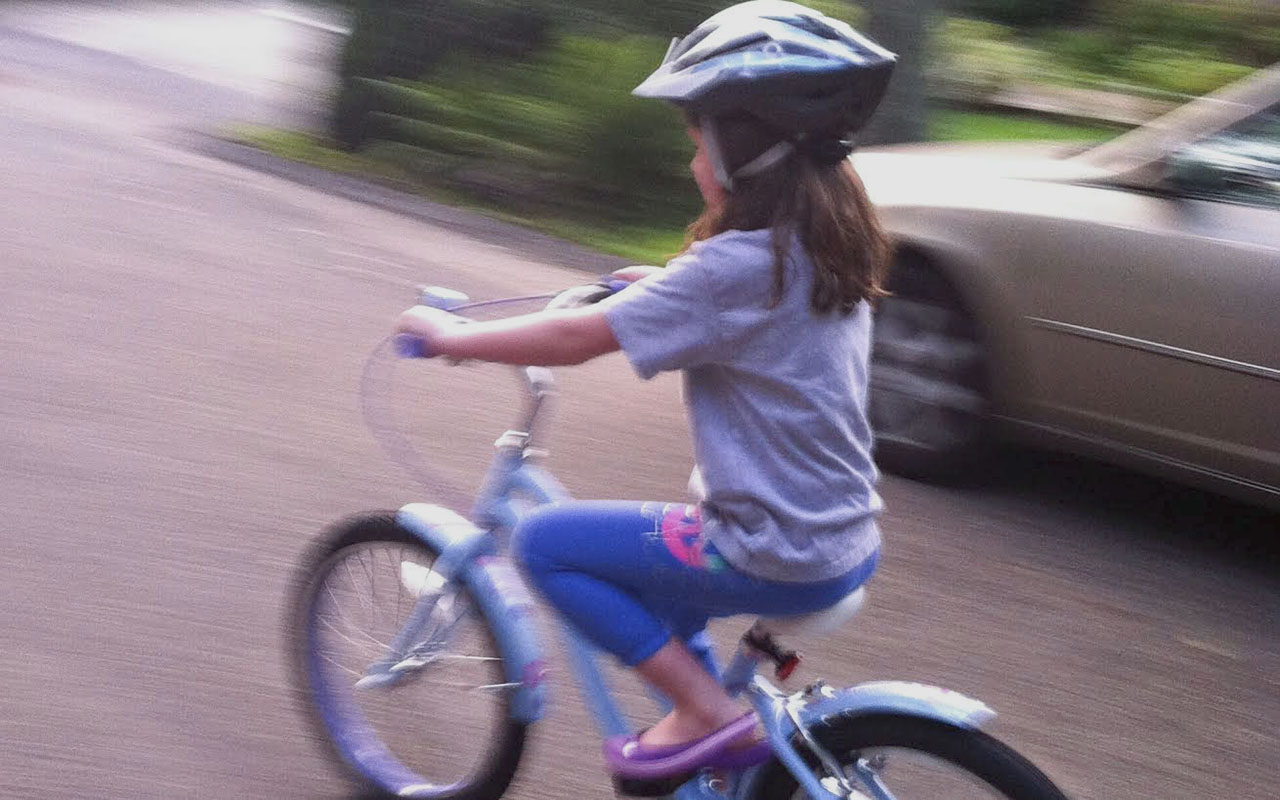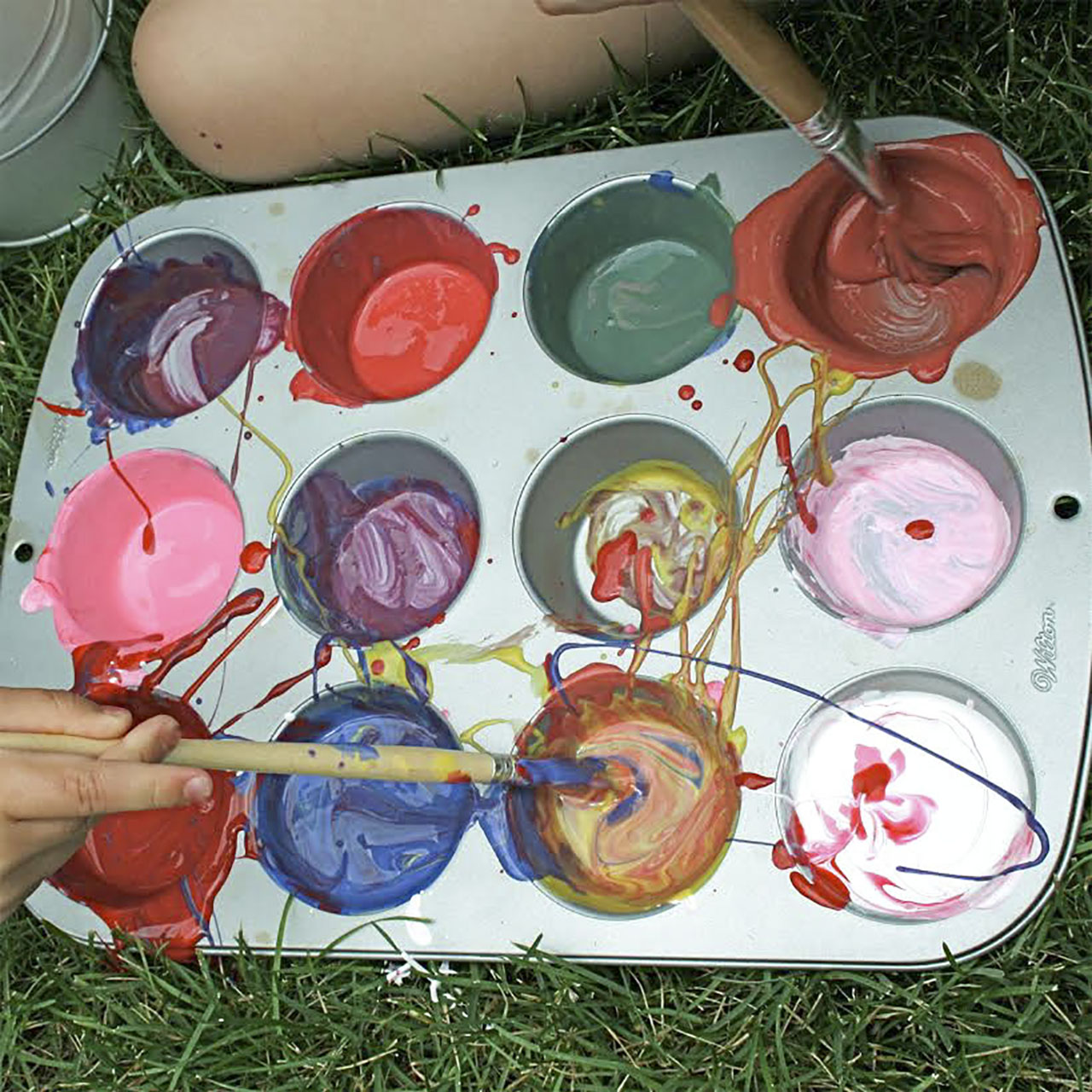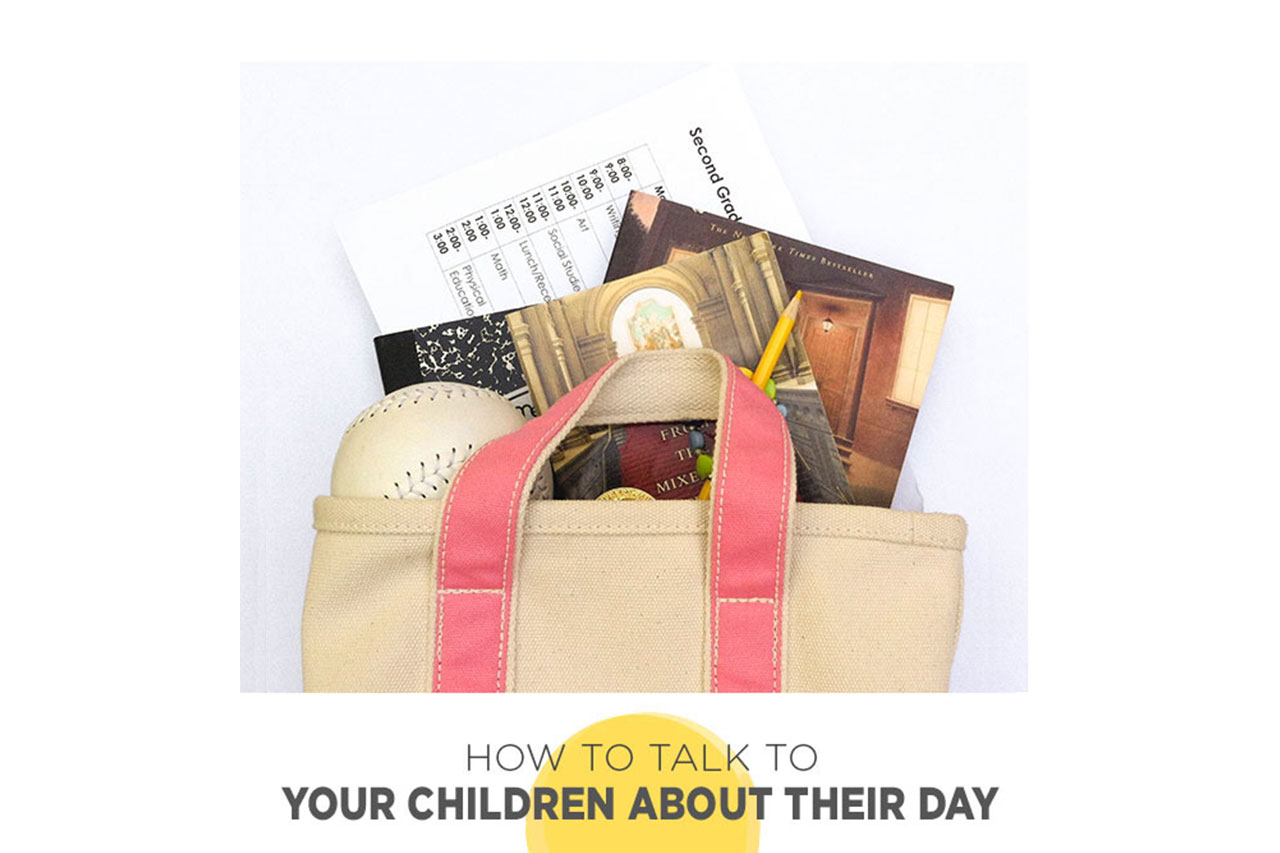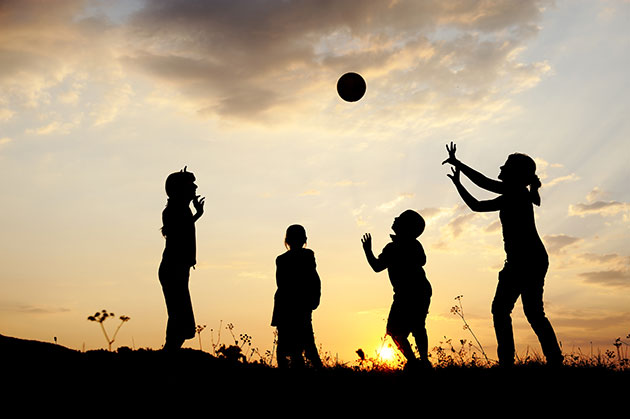10 Tips for Moving with Young Children
 Moving is hard work. Add a young child or two and it can be a very daunting task. Here are a few tips I found helpful before, during and after the moving process with our two young ones:
Moving is hard work. Add a young child or two and it can be a very daunting task. Here are a few tips I found helpful before, during and after the moving process with our two young ones:
- Finding things to do that you did at your old home:
- Take them to the local library to show them where you’ll be checking out new books.
- Take a trip to the new grocery store.
- Drive past the building where their parents or guardians will be working.
- Show them the local schools they’ll be attending.
- Talk about moving early and often so that it’s less of a shock when the moving date arrives. Heading to the grocery store I’d say things like, “When we move to our new house we’ll find a new grocery store to shop at.” The more they hear about it, the more comfortable they become with the idea.
- Books like The Berenstain Bears Moving Day are AMAZING tools to prepare kids for what to expect when moving. The stories help children make sense of what is happening, and gives them something to compare their changing world to. Here is a list of other helpful children’s books about moving.
- Make Lists! Keep in mind things that will need to travel with you in the family car so that they are accessible immediately at your new home. I made checklists for each of my girls (as well as my husband, myself and the dog). It ensured that I didn’t forget any night-lights, blankets, or baby shampoo!
- Pack a bag of some of their favorite toys to bring with you in the car so that they have something familiar to play with while the rest of your things are being delivered. It will give them something to do on the drive as well as in the empty house.
- Show them pictures of the new house before you get there. My oldest daughter felt much more comfortable with our new home because she had already seen lots of pictures and knew exactly what each room looked like. She could pick out her room based on the photos we shared with her which gave her confidence in her new environment.
- Find things to do in your new community to take attention away from their missing things and try to fit some into your busy box-emptying schedule as soon as possible. Spending an hour or so away from home with not only familiarize your children with the new surroundings, it will give you a breath of fresh air and hopefully rejuvenate your motivation to tackle those boxes.
Ideas include…
Checking out new attractions that you may not have had at your old home:
– Is there a zoo close by?
– Any museums or discovery centers for kids?
– Trampoline or indoor climbing parks?
– Water parks?
Enjoy the outdoors:
– Let them simply explore their new back yard (give them a magnifying glass and a bucket and let them go wild!)
– Find parks close by!
– Find a nature preserve for a breath of fresh air and lots of fun discoveries
– Is there a lake, river, or pond close by?
- Don’t wait for your neighbors to come to you. My daughter was dying to meet the new neighbors, so I decided to go to them instead. To make things simple, I bought lots of the Nestle cookie dough and made a dozen cookies to take to a few of the neighbors’ houses. Nothing fancy, just cookies on a paper plate, but it gave us something to take to them and my daughter was so excited to meet her new neighbors!
- Search out Mom groups! I found a local mom’s Facebook page that has connected me with moms in the area. We’ve only been here three weeks and I already have play date this Friday! A community of moms is a wonderful way to get connected in a new place. They can often clue you in to some of the great things offered in your area too.
- Find local activities like sports teams, music classes, etc., to help your kids meet new friends (and you’ll meet friends through their friends’ parents!). We all know what a difference friends can make.
- Finally, be patient. Moving is hard on toddlers. They are creatures of habit and are completely thrown off by this new environment. They’re going to throw tantrums. They aren’t trying to be unreasonable; they’re simply unable to express their feelings in a more productive way just yet.



